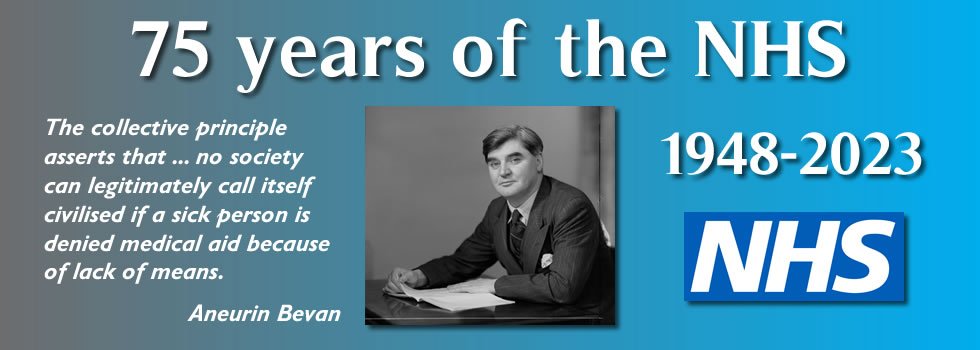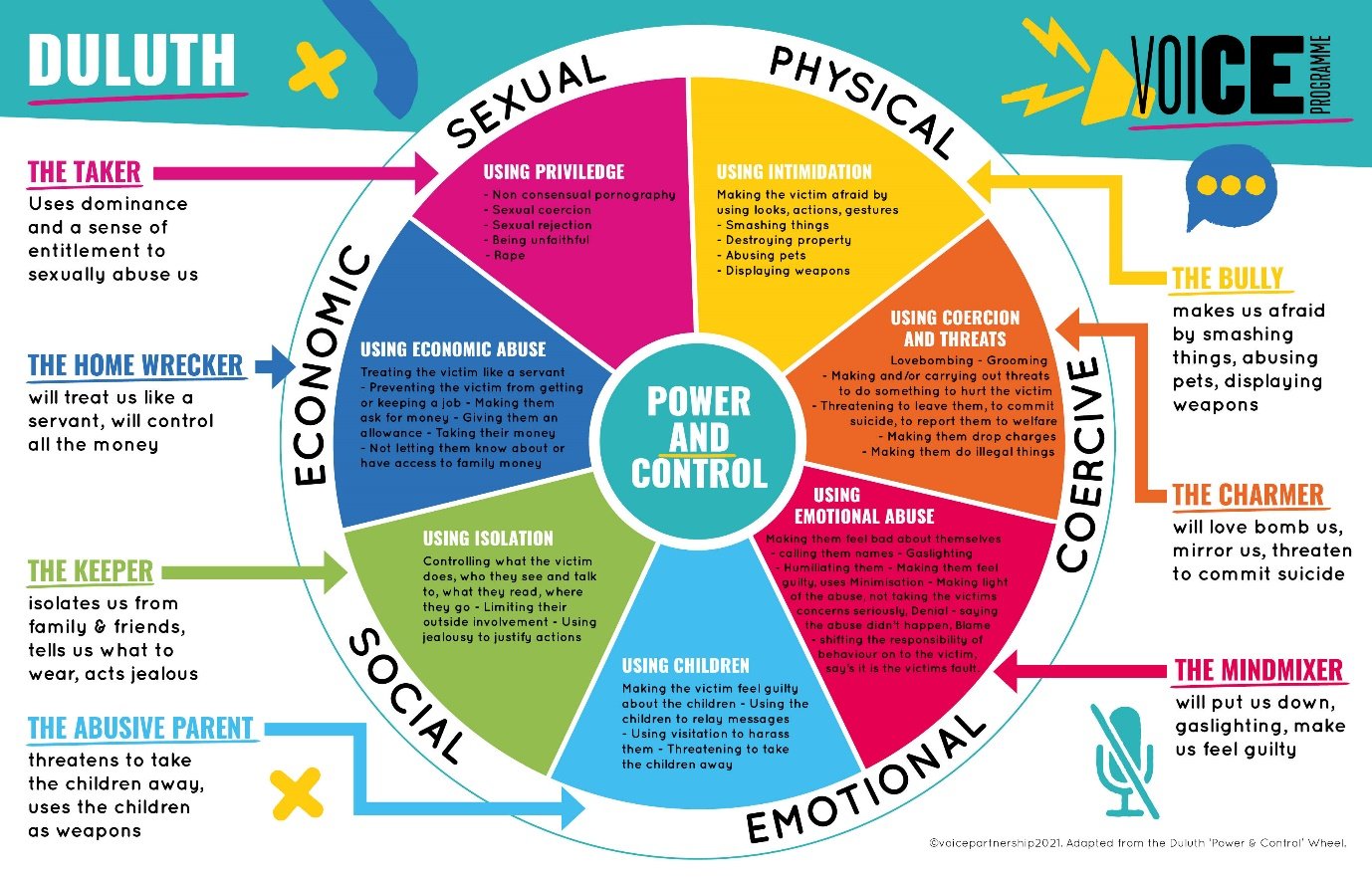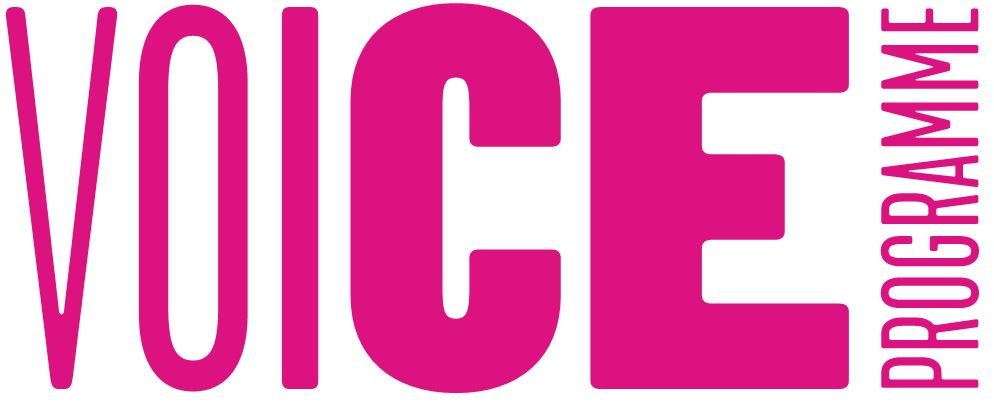100% of victims experience coercive control - #NOMORE Domestic Abuse - Clare Walker: Domestic Abuse Consultant
What we need to understand about coercive control
Coercive Control is the bedrock of domestic abuse, I describe it as the ‘carbon monoxide’ in an abusive dynamic, in terms of health and wellbeing its far-reaching impacts are yet to be fully qualified. But what is known, is that Coercive Control creates more damage than the ‘traditional view’ of what domestic abuse is.
Coercive control and criminal law
Coercive Control has been enshrined in Law for the past seven years in the Serious Crimes Act 2015 under s76 and in more recent years the Domestic Abuse Act 2021, but society still hasn’t fully got to grips with identifying Coercive Control. A lack of understanding of what Coercive Control is, is reflected in our services interventions and service user’s pathways to services.
This leaves victims; be they primary (adult) or secondary (children), to try to make sense of it themselves, with no informed guidance or appropriate intervention; generally speaking. It is estimated that as few as 20% of victims would potentially be seen regularly through A&E, these victims suffer significant and frequent violent assaults.
Victims who end up as stats in our Domestic Homicide Reviews may have been a part of the above referred to 20%. But more often, they are victims of Coercive Control. We hear all the time references to the perpetrator as being a regular or even upstanding member of society. Perpetrators are far from stupid; they do not see themselves as perpetrators either – they see their actions as justified. The combination of all these aspects creates a whole system that enables further harm and therefore we need to change our systems, policies, practices, as well as our collective understanding. The key processes that take place in Coercive Control are humiliation, intimidation, degradation, and isolation. These serve to deplete a victim - all of this can be achieved without physical violence and more often is.
Perpetrators
Implementing Coercive Control is a conscious and intended practice by a perpetrator, their behaviours are staged events, a perpetrator does not ‘lose it’, they are always in control. A perpetrator aims to gain and maintain power and control over their victim. These behaviours escalate both in the relationship and post-separation, for female victims of male abuse, the first year is a significantly higher risk time period. A perpetrator doesn’t behave this way post-separation through heartbreak, it is driven by a determination to control. The global current and historical data demonstrate the significant and known level of risk post-separation specifically (but not solely) for a female victim of a male perpetrator. For a male victim of a female perpetrator, their risk reduces once the victim has left, that is not to say the abuse stops.
The V.O.I.C.E Programme is the solution…VOICE: Victims of Intimate Coercive Experience
This is what victims & professionals have long been waiting for! In partnership, myself, Cathy Press and Rachel Williams, have created The VOICE Programme. This is a psycho-educational look at domestic abuse through an intersectional lens. Victims who attend this course gain a deeper;
- understanding of domestic abuse in various contexts
- tools for their own recovery
- learning of how trauma impacts and manifests
Most don’t understand their own feelings, equally many professionals’ mis-diagnose the issue and end up pathologising the victim. For professionals The VOICE Programme is an informative, victim focused, educational, trauma-informed practice with therapeutic tools woven throughout. For victims attending, it is a bountiful safe exploration of trauma, grounding resource techniques and self-care tools.
VOICE is for all genders and sexualities of victims, but in practice largely works with heterosexual female victims, due to the prevalence for that group, as well as the barriers for victims outside of that framework and provision. Knowing what constitutes as abuse, enables a clearer understanding of how it impacts a victim’s health & well-being. For many victims and professionals’ alike, impacts are always far wider and deeper than what is generally known or understood. When living with domestic abuse, whether adult or child, instinctive responses in the amygdala are triggered. Victims are effectively dining out on adrenalin and cortisol 24/7, during the relationship and more so, after the relationship.
Health impacts such as; a racing mind, disordered thoughts, anxiety, hair loss, headaches and migraine, adrenal dysfunction, moderate to severe weight loss or gain, self-harming, thyroid imbalance, heart palpitations, impacts on menstrual cycle; irregular, heavier or stopping. Fibromyalgia, digestive issues, bowel movement issues and many more. There is no requirement for physical or sexual assault for any of these listed, to be achieved. Which is why the World Health Organisation defines domestic abuse as; “…the world’s leading preventable cause of death, disability and illness…”
Coercive control creates enduring health impacts
Depression • Anxiety • Agoraphobia • PTSD • Eating Disorders • Suicidal Behaviour • Self-harm • Alcohol/Substance Misuse • Continuous High Alert • Sleep Disruption/Deprivation • Digestive Problems • Repeated Terminations • Multiple Pregnancies • Miscarriages • Still-Births • STI’s
Systemic changes across all sectors are needed
We need systemic changes across all sectors for coercive and controlling behaviours to be recognised, meaningfully addressed, and appropriately responded too. All sectors and society as a whole look to the primary victim to stop the abuse, we have a very victim-blaming culture. Perpetrators are invisible in our processes and interventions. Victims are driven instinctively to stay safe, to stay alive; others assume this as complicity. Examples being; ‘she chooses to stay’ ‘she must like it’ ‘why doesn’t she leave’ ‘ why does she keep taking him back’ In all these biased beliefs statements that people say, there is rarely the question asked; ‘why does he do it’ ‘why doesn’t he leave her alone’ ‘it can’t be that bad, or he would be arrested’. Leaving victims to not be recognised as victims by services, but also not believed when they do recognise it.
Because of the confusion caused by Coercive Control, victims can often be in relationships with perpetrators for decades, suffering no end of sexual, emotional, psychological abuse, financial & economic abuse, and torture.
Intersectionality
In my work as an Expert Witness, I see more victims from outside of the stereotypes, victims across all Class, location, educational attainment and socio-economic status. These victims experience barriers to accessing services, and more broadly, by applying an intersectional view of society, further barriers can be identified.
Race and Culture
Cultural practices in our diverse communities, are frequently misrepresented and misunderstood. A victim in this context has the barrier of a misinformed view of their cultural practice, and oversight to this being used to control the victim. Often professionals place inaction, under the banner of ‘cultural sensitivity’ or ‘hard to reach’. Victims in this context can be left to endure the abuse alone.
LGBT+
Similarly, in our LGBT+ communities, there is an assumption and ignorance which comes out in practices, not least because of the rigid heteronormative thinking and pathways to access support, risks are assessed incorrectly due to using tools created for female victims of male abuse. These factors alone are demonstrated in our rates of engagement with, and from this community, creating a barrier to accessing services.
 Gender
Gender
Heterosexual male victims have barriers to accessing services due to gender stereotypes and assumptions, and similarly to victims in the LGBT+ community being assessed with tools created for female victim of male abuse.
Older Persons
Being an ‘older person’ creates additional barriers to accessing support and protection, due to the assumptions of what age a person can be a victim or a perpetrator. It is only of more recent years that domestic abuse services have offered support to victims in this age category, if there are additional health support needs creating a carer and dependant dynamic between the victim and perpetrator; this also adds a further barrier. Many victims in this age category go under the radar during life and in death.
Disabilities
For victims who have additional mental ill health, physical and sensory impairments, emotional wellbeing, or medical health needs, the barriers to accessing services for this communities of people is multiple. Some barriers are created by assumptions that people in this community can’t also be victims or perpetrators of abuse.
These are just some examples of barriers experienced by victims identifying as being of the many minority groups across our society. But ultimately, wherever we sit in society and whatever community we identify, abuse should never be tolerated. We have domestic legislation to protect additional to our Human Rights Act. A victim’s Human Rights are breached every day by their perpetrator, and often, our system enables that.
"VOICE so far has already been invaluable on my journey of self-healing after years of suffering domestic abuse. It enlightens survivors to understand what they have endured and process how it has affected them on so many levels. It also empowers you to finally move towards a safer future"
Clare Walker is a Domestic Abuse Consultant with over 25 years of experience, working in the field, nationally and internationally; professionals training, University Lecturing, guest speaking at conferences, events, and webinars, Expert Witness and Domestic Homicide Review Chair.
Clare’s work enables, educates, and empowers people, and creates a deeper understanding of the complexities of domestic abuse. Being able to understand Human Behaviour and to identify an individual’s intention from verbal and non-verbal communication is what enables a broader and clearer understanding when looking at the complexities of a domestic abuse dynamic. Without doing so, we frequently facilitate continued abuse, because we wrongly identify the issue from what we are presented with.
This framework applies to primary (adult) or secondary (children) victims as well as the perpetrator. Clare uses this format in all areas of her work, drawing on various evidenced-based models and research to demonstrate a victim’s lived experience, as well as a perpetrator’s intention and motivation, either in situ, post-relationship, or historically.
Clare Walker is a Domestic Abuse Consultant with over 25 years of experience, working in the field, nationally and internationally. This includes; professionals training, University Lecturing, and guest speaking at conferences, events, and webinars.
Clare is also an Expert Witness and Domestic Homicide Review Chair, and provides direct support to victims. Clare does a great deal of campaigning to highlight the constant pandemic that is domestic abuse. Check out her No More Campaign page and blog on the website.
Clare’s work enables, educates, and empowers people, and creates a deeper understanding of the complexities of domestic abuse. Being able to understand Human Behaviour and to identify an individual’s intention from verbal and non-verbal communication is what enables a broader and clearer understanding when looking at the complexities of a domestic abuse dynamic. Without doing so, we frequently facilitate continued abuse, because we wrongly identify the issue from what we are presented with.
This framework applies to primary (adult) or secondary (children) victims as well as the perpetrator. Clare uses this format in all areas of her work, drawing on various evidenced-based models and research to demonstrate a victim’s lived experience, as well as the perpetrator’s intention and motivation, either in situ, post-relationship, or historically.
For more information about Clare’s work, please visit: www.clarewalkerconsultancy.com
Or find them on:
Twitter: @clarewalker3
Facebook: DomesticAbuseConsultant
LinkedIn: clarewalkerconsultancy
Instagram: clarewalkerconsultancy
YouTube: ClareWalkerConsultancy











